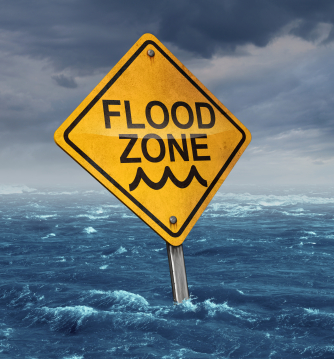
When looking at the economic family cases, it’s important to have some type of structure. Therefore, I’ll be using the fact patterns outlined in Revenue Ruling 77-316 and then looking at the cases which most resemble those fact patterns. What follows is an excerpt from my book U.S. Captive Insurance Law.
The first fact pattern outlined in Revenue Ruling 77-316 is entirely insular:
During the taxable year domestic corporation X and its domestic subsidiaries entered into a contract for fire and other casualty insurance with S1, a newly organized wholly owned foreign “insurance” subsidiary of X. S1 was organized to insure properties and other casualty risks of X and its domestic subsidiaries. X and its domestic subsidiaries Read More



















Recent Comments